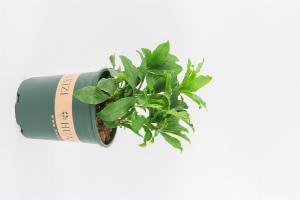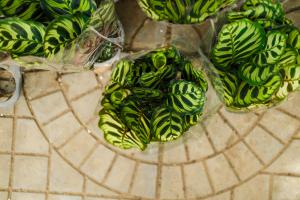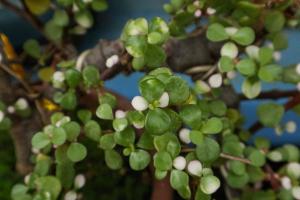How to Get Chlorine Out of Tap Water for Plants
Tap water is essential for plants, but the chlorine present in it can harm them. Chlorinated water can cause stunted growth and yellowed leaves in plants, and in some cases, it can even kill them. Fortunately, there are several ways to remove chlorine from tap water, making it safe for plants. In this article, we will discuss some effective methods to get chlorine out of tap water for plants.
Boiling Water
One of the oldest and most common ways to remove chlorine from tap water is to boil it. Boiling tap water can eliminate chlorine and other harmful chemicals, making it safe for plants. Boiling the water for 15-20 minutes will remove the chlorine and other harmful chemicals in the water. After boiling the water, you need to cool it off before pouring it into your plants. Make sure the water is at room temperature before using it in your plants.
Letting Water Sit Out
Another simple and effective method to remove chlorine from tap water is to let it sit out for a few hours. This method is known as chlorine evaporation. When you let the water sit out, the chlorine present in it will evaporate, making it safe for your plants. The amount of time the water should sit out varies depending on the amount of chlorine present in the water, but a safe time to let the water sit is for 24 hours. After 24 hours, the water should be chlorine-free, and you can now use it for your plants.
Activated Carbon Filters
Activated carbon filters are a more advanced method for removing chlorine from tap water for plants. These filters are designed to remove chlorine and other harmful chemicals from tap water, making it safe for plants to use. Activated carbon filters are available in different sizes and designs, and they are easy to install. These filters can remove up to 99% of chlorine from tap water, making it safe for plants to use.
Vitamin C
Vitamin C is an effective and safe method to remove chlorine from tap water for plants. When you add a small amount of vitamin C to tap water, it neutralizes the chlorine, making it safe for plants to use. You can use vitamin C in different forms, including tablets, powder, and liquid. To remove chlorine from tap water using vitamin C, add 1 gram of vitamin C to 10 gallons of water. This will neutralize the chlorine present in the water, making it safe for your plants.
Conclusion
Chlorine present in tap water can harm plants, but luckily, there are several ways to remove it. Boiling the water, letting it sit out, using activated carbon filters, and using vitamin C are all effective methods to get chlorine out of tap water for plants. By following these methods, you can ensure your plants get the best possible water, leading to healthy and thriving plants.

 how many times do yo...
how many times do yo... how many planted tre...
how many planted tre... how many pine trees ...
how many pine trees ... how many pecan trees...
how many pecan trees... how many plants comp...
how many plants comp... how many plants can ...
how many plants can ... how many plants and ...
how many plants and ... how many pepper plan...
how many pepper plan...































